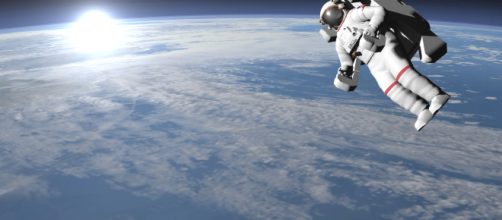NASA has been the subject of a lot of attention lately. Much of it is because of the 50th anniversary of the Moon Landing. And because of plans to return to the Moon by 2024.
While many anxiously await this possibility, NASA's influence can be seen on a daily basis. Often in unexpected places. According to MarketWatch, NASA invents approximately 1,800 products a year. On average, 100 to 120 of them receive commercial patents.
Health products among them
It takes ingenuity to successfully and safely achieve spaceflight. We might never know for sure just how many inventions have come out of the endeavor.
Ones that are used regularly and ones that are not.
There are some items where it's somewhat common knowledge that we owe its origin to NASA. Digital navigation systems, such as GPS is one. Foil blankets and high-powered solar cells are two more examples.
But some might surprise people. Food safety is a major concern for NASA. Freeze-dried food came out of the necessity of keeping loads as light as feasible. NASA and Pillsbury also brought the world the system called. Hazard Analysis and Critical Control Point. The system would revolutionize food processing.
Memory foam came from the need to cushion astronauts on their bumpy journeys. Special shock absorbers used to protect structures from earthquakes came from protecting rocket launch pads.
The technology that would be used for camera phones started with NASA. They needed a tiny product for taking pictures, but that only used small amounts of energy. Scratch-resistant lenses came out of a NASA agreement with Foster-Grant. Even the DustBuster was a result of technology used for the Moon Landings.
Some innovations came from tragedy
NASA's trek to the Moon started off with tragedy. A catastrophic fire took the lives of astronauts Gus Grissom, Ed White, and Roger Chaffee. As Jalopnik touches on, safety innovations that resulted from it have become commonplace.
NASA would greatly invest in flame-retardant materials in the aftermath.
Fabrics such as Durette and Polybenzimidazole, or PBI, were widely used by NASA. Both have since been used in fields including auto racing and firefighting.
Another innovation was the material used for the new heat shield. The material would later be commonly applied to aircraft. It ultimately led to the creation of Chartek 59, thought to be the world's first intumescent epoxy.
Other tragic incidents have followed, including the Challenger and Columbia Disasters. Often they result in new innovations. Some of them may become widely used by the public while others may remain strictly used for the purpose of spaceflight.


